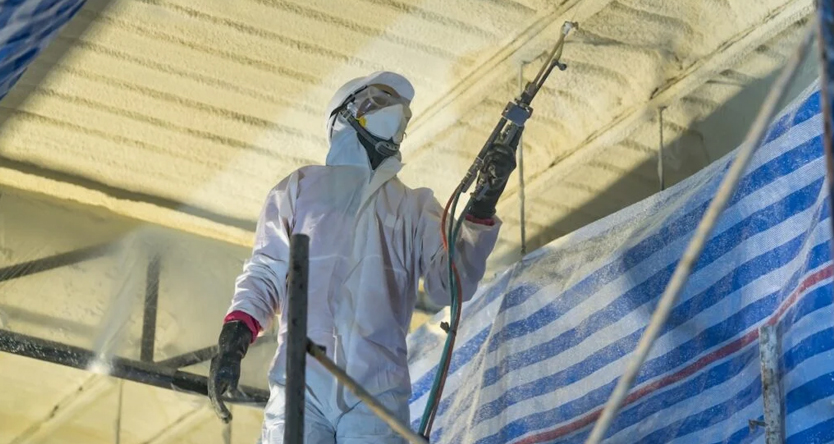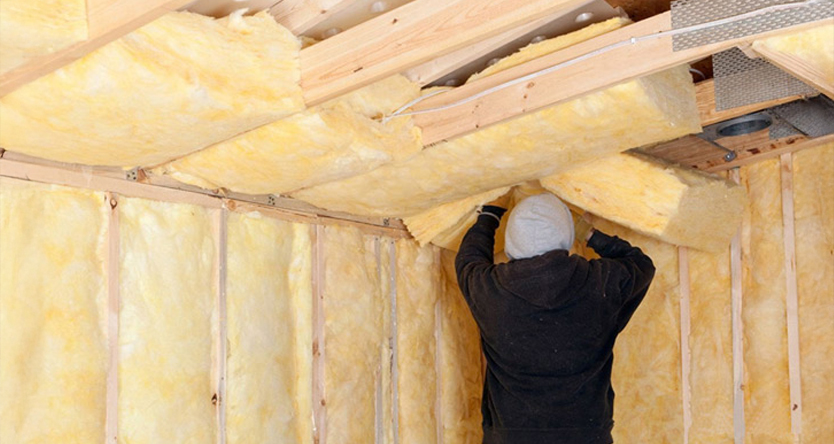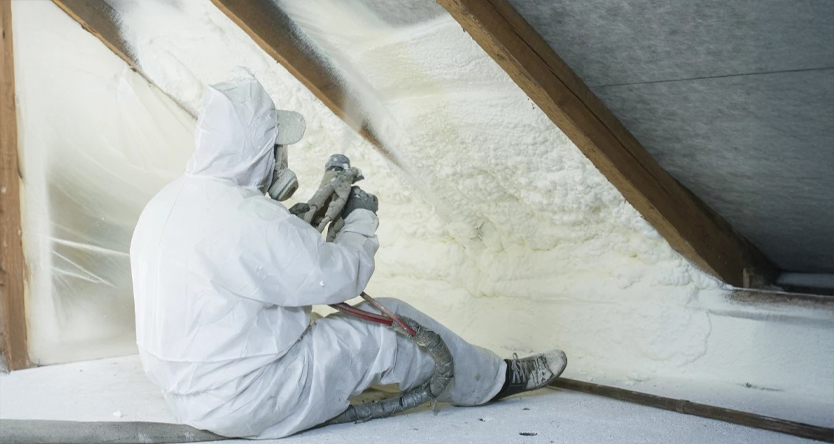When thinking about making a home more comfortable, energy-efficient, and cost-effective, insulation is one of the first things that comes to mind. While many people focus on roof and floor insulation, wall insulation plays an equally important role in keeping a home warm in winter and cool in summer. But does it make a difference? Is it worth the investment?
In this blog, we’ll explore the impact of wall insulation, how it works, and whether it’s a good choice for homeowners looking to improve their living space.
1. What Is Wall Insulation?
Wall insulation is a material installed within walls to reduce heat transfer between the inside and outside of a home. It helps keep indoor temperatures stable by preventing warm air from escaping during winter and stopping excess heat from entering during summer.
There Are Different Types Of Wall Insulation, Including:
- Batt Insulation – Batt insulation is a type of thermal insulation made of pre-cut panels, usually composed of fibreglass, mineral wool, or natural fibres. It’s designed to fit snugly between wall studs, floor joists, and ceiling rafters to reduce heat transfer.
- Blown-In Insulation – A loose material, such as cellulose or fibreglass, is used to blow insulation into walls, filling wall cavities efficiently for better thermal performance.
- Rigid Foam Insulation – Solid panels that offer strong thermal resistance are often used in external wall insulation to improve energy efficiency and maintain indoor comfort.
- Spray Foam Insulation – Spray foam insulation is a durable, energy-efficient material that expands to seal gaps, providing superior thermal insulation, moisture resistance, and soundproofing for homes and buildings, reducing energy costs and improving comfort.
2. How Wall Insulation Works ?
Wall insulation helps block the transfer of heat. Without it, walls allow heat to escape in winter and enter summer, making it harder to maintain a comfortable indoor temperature. Insulation works by trapping tiny air pockets, which slow down the movement of heat.
A Well-Insulated Wall Helps In Two Main Ways:
- Thermal Efficiency – Helps to maintain stable indoor temperatures, minimising reliance on heating and cooling, improving energy efficiency, and creating a more comfortable living environment.
- Soundproofing – Helps reduce noise between rooms and from outside, creating a quieter, more peaceful environment for better comfort, focus, and relaxation every day.
3. The Benefits Of Wall Insulation
A. Lower Energy Bills
One of the biggest advantages of wall insulation is energy savings. Homes lose a significant amount of heat through un-insulated walls, forcing heating and cooling systems to work harder. Professional house insulation installers can help prevent this heat loss, making your home more energy-efficient and comfortable year-round.
B. Year-Round Comfort
Without insulation, walls allow outdoor temperatures to affect indoor conditions. In summer, heat seeps in, making rooms uncomfortably hot. In winter, warmth escapes, leading to cold indoor spaces. Wall insulation helps maintain a stable and comfortable temperature, no matter what the season is.
C. Reduced Noise
Wall insulation also helps with soundproofing. Soundproofing walls absorb sound vibrations, reducing noise from outside, between rooms, and from shared walls in apartments or townhouses. This helps make the home quieter and more relaxing.
D. Environmental Benefits
Using less energy for heating and cooling means a smaller carbon footprint. By reducing reliance on artificial temperature control, insulated homes contribute to lower energy consumption and help conserve natural resources.
E. Prevents Moisture And Mould Issues
Walls without insulation can become cold, leading to condensation when warm indoor air meets the cold surface. Without a proper moisture barrier for walls, this moisture buildup can create the perfect conditions for mould and mildew growth. Wall Insulation can stop condensation by keeping walls warmer and reducing the risk of moisture buildup. Insulated walls, combined with an effective moisture barrier, help prevent condensation and improve indoor air quality.
F. Increased Property Value
A well-insulated home is more attractive to buyers. It shows lower energy costs, better comfort, and modern efficiency. Home buyers often look for insulation as a key feature, making it a worthwhile investment for those who are considering selling in the future.
4. Is Wall Insulation Worth It?
For many homeowners, the question is whether wall insulation works but whether it’s worth the cost. The upfront expense of insulation depends on the type, the size of the home, and whether it’s a new building or an existing property.
New Homes Vs Existing Homes
- New Homes – Best wall insulation is easy to install during construction, providing energy efficiency, comfort, and long-term savings, making it a smart, cost-effective choice.
- Existing Homes – Retrofit wall insulation can be more challenging to install in existing walls and may require professional assistance, but the long-term savings on energy bills often justify the cost. Learn more about the Benefits of Retrofit Wall Insulation and how it adds value to your existing home.
Return On Investment
While the initial cost of installation can be high, the energy savings over time usually outweigh the expense. Many homeowners notice a reduction in power bills within the first few years, making it a smart long-term investment.
5. Choosing The Right Wall Insulation
Selecting the right type of wall insulation depends on several factors:
- Climate – Certain insulation materials perform more effectively in specific climates due to factors like temperature and humidity, so selecting the most suitable type for your environment is crucial.
- Budget – Higher-quality insulation typically offers superior thermal performance, improving energy efficiency and comfort; however, it often comes with a higher upfront cost.
- Wall Type – Different types of walls, such as brick, weatherboard, or lightweight construction, may require specific insulation solutions tailored to their materials and structure.
Conclusion
Wall insulation is an effective way to improve comfort, reduce energy bills, and create a quieter, healthier home. This provides high-quality solutions that prevent heat loss in winter and heat gain in summer, ensuring stable indoor temperatures and reducing reliance on heating and cooling systems.
Wall insulation plays a significant role in improving your home’s energy efficiency by reducing heating and cooling costs. With AA Insulation’s expert services, you can experience long-term comfort, prevent moisture, and save on energy bills. Trust our reliable, affordable, and professional insulation solutions to enhance your property’s value and efficiency. Our professional team offers adapt solutions for both residential and commercial properties.





